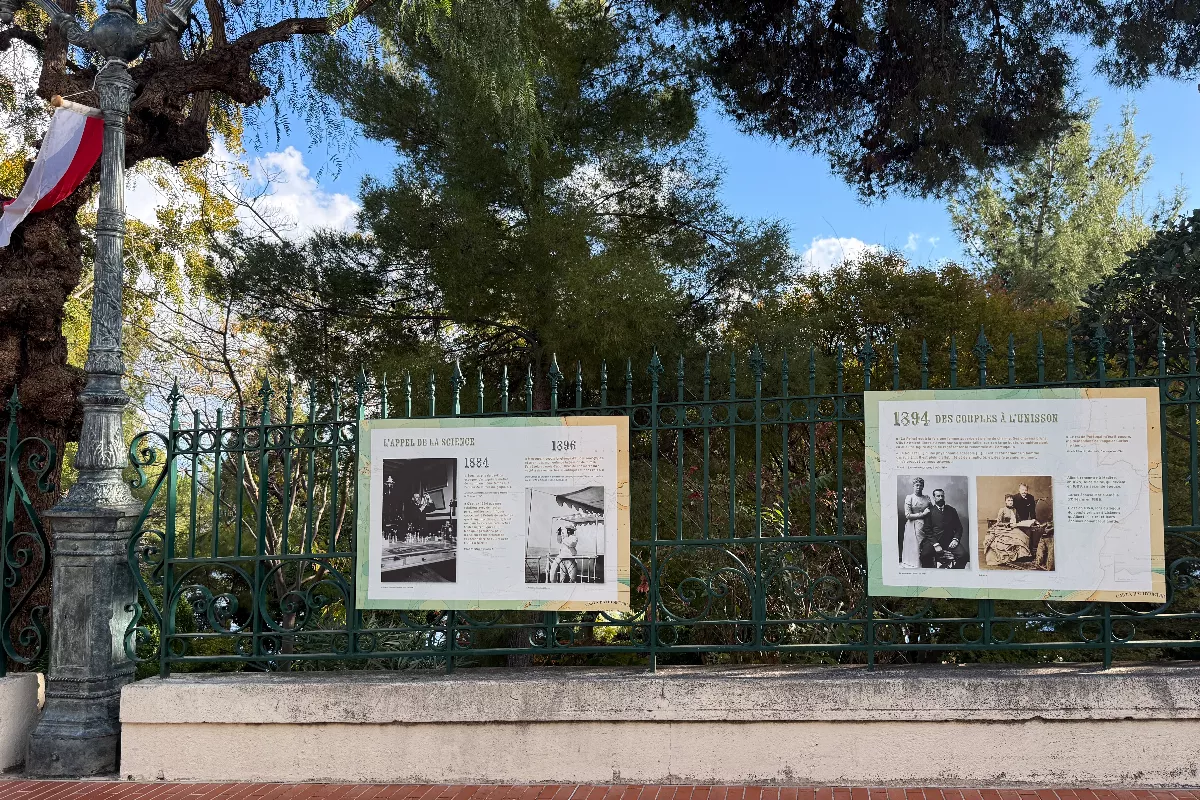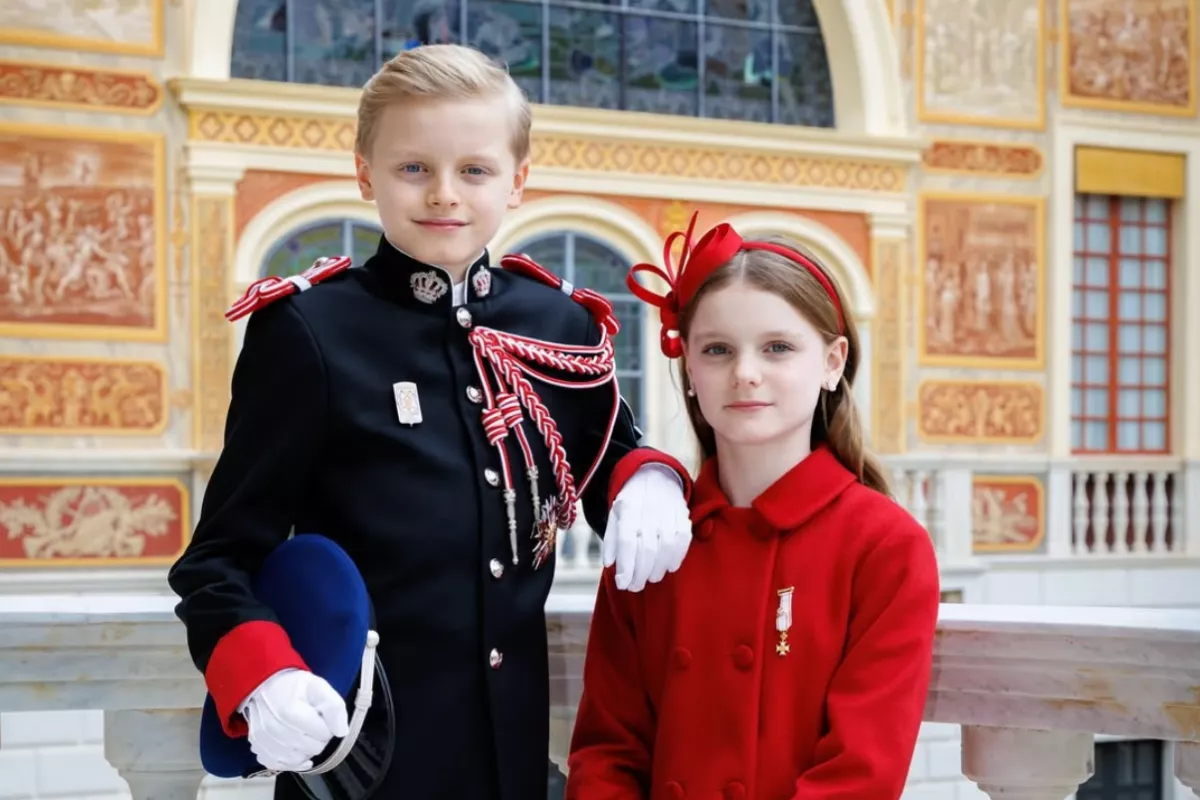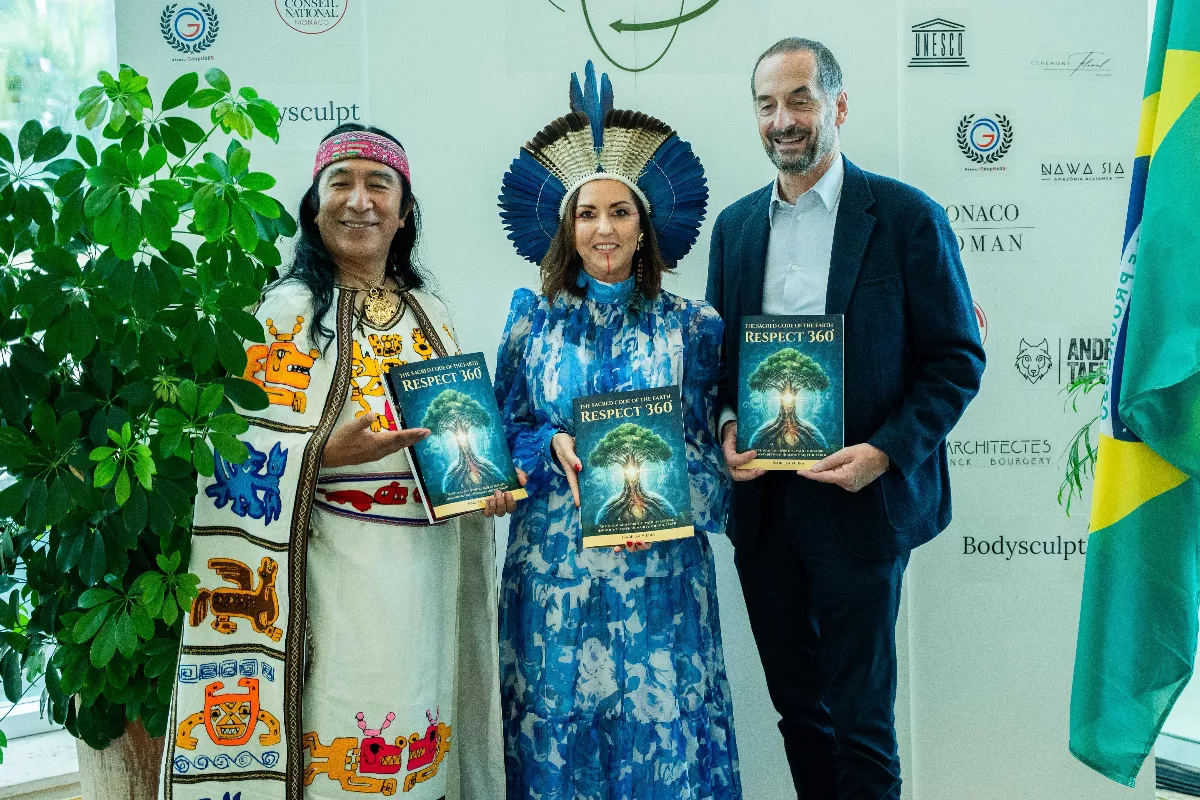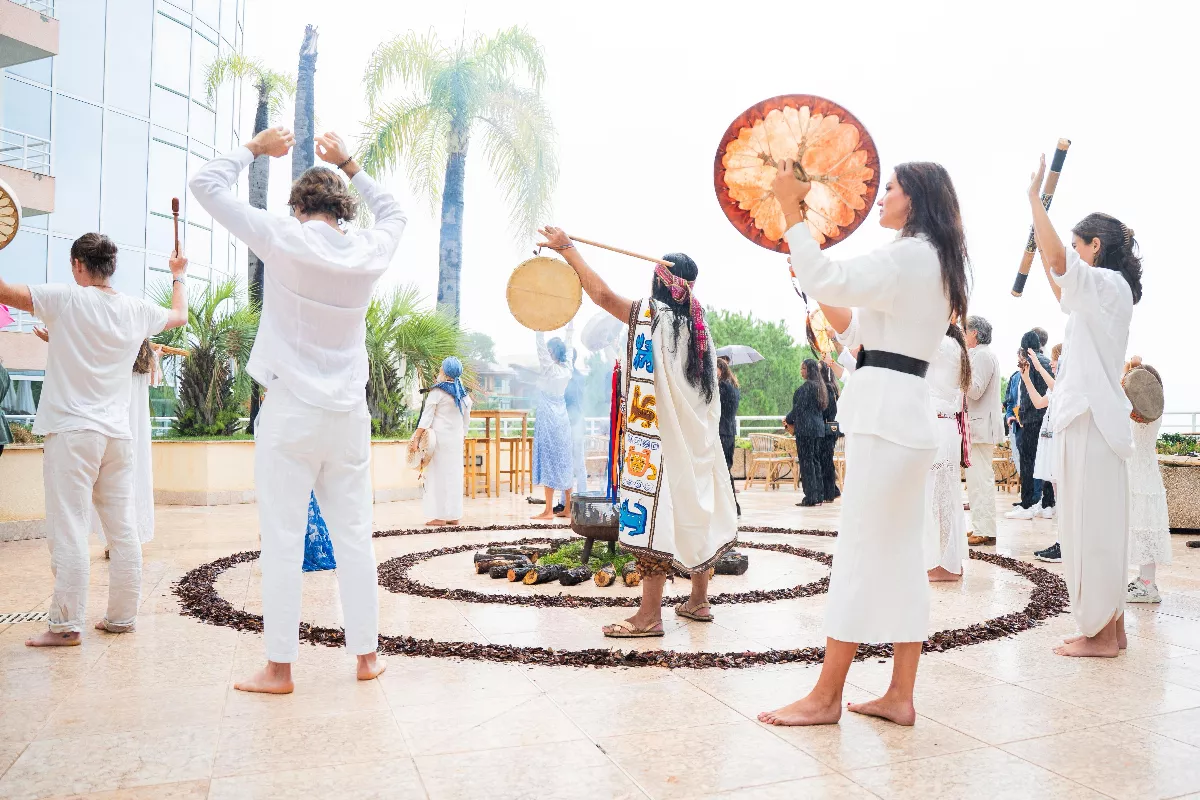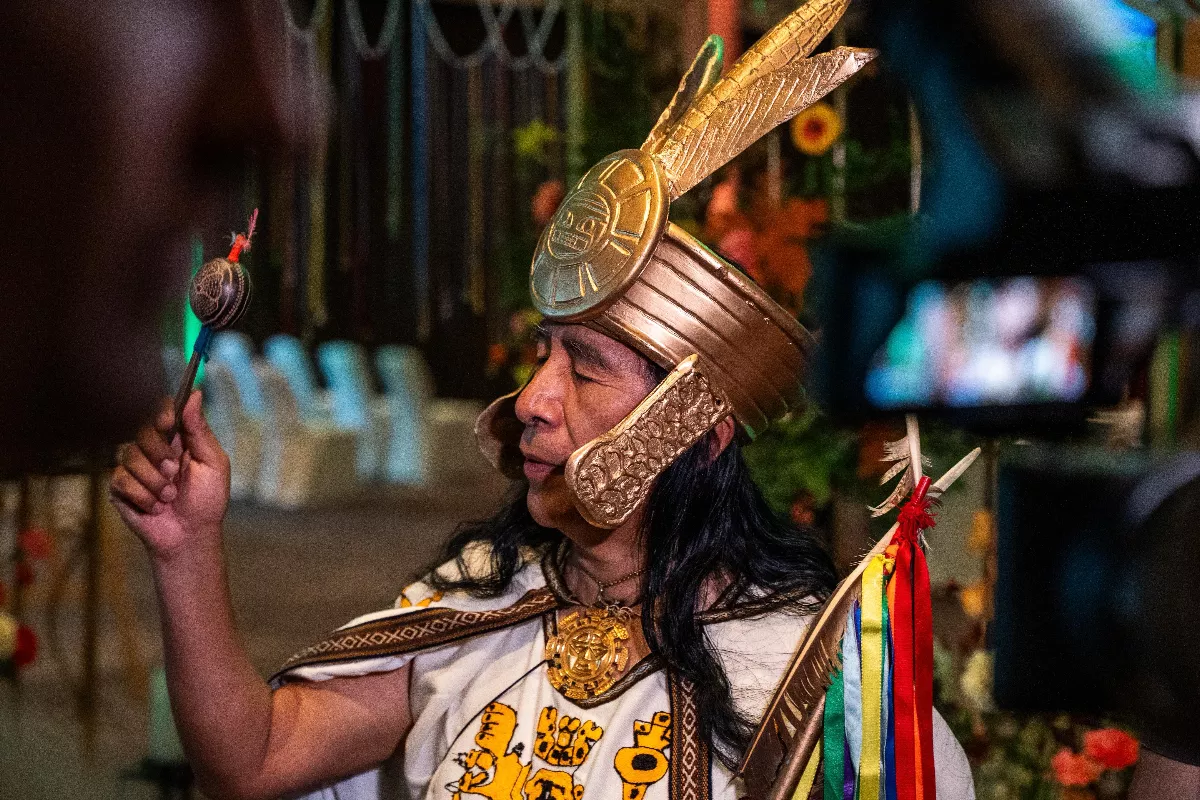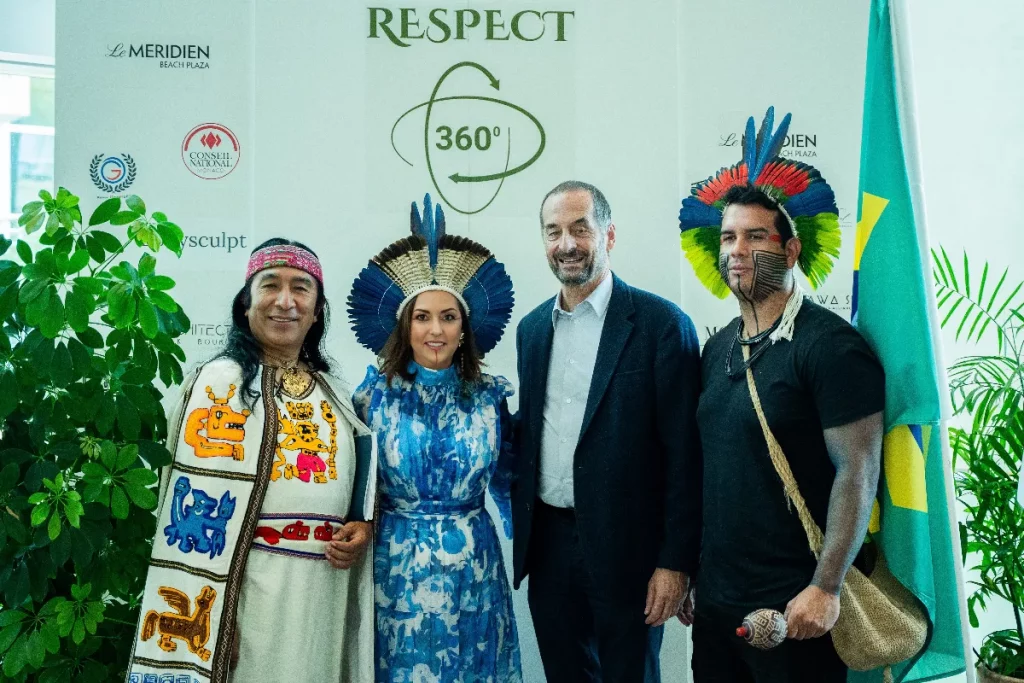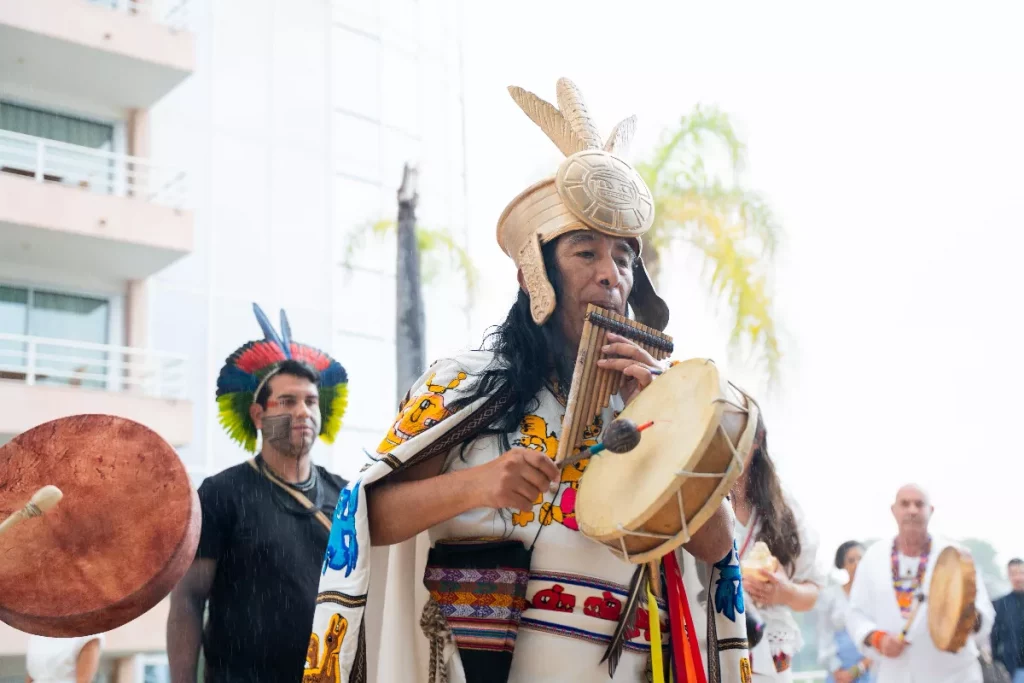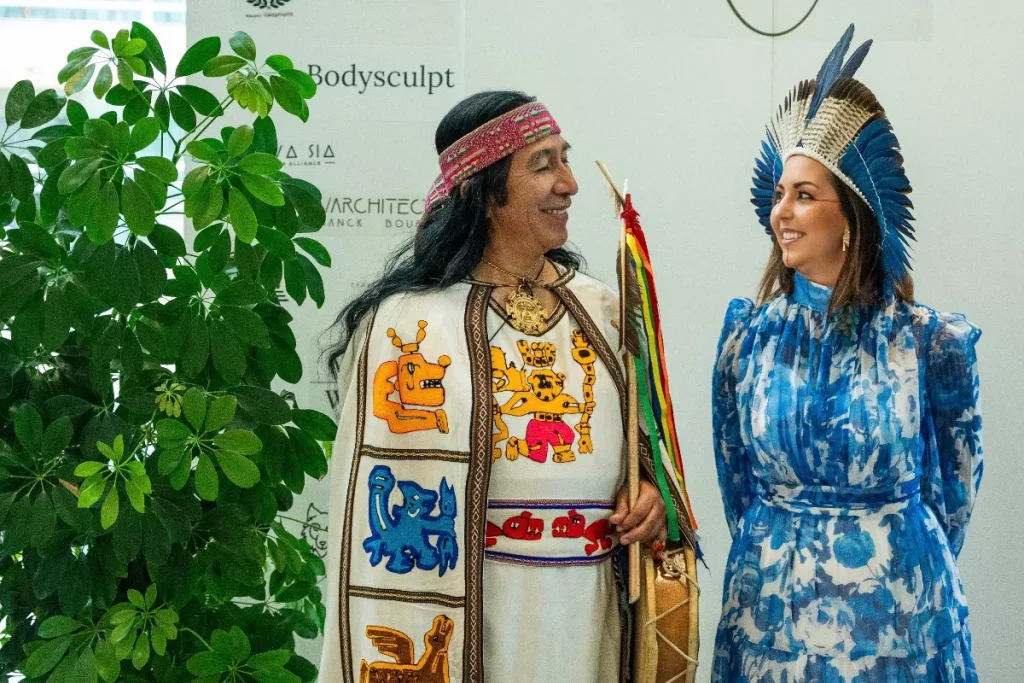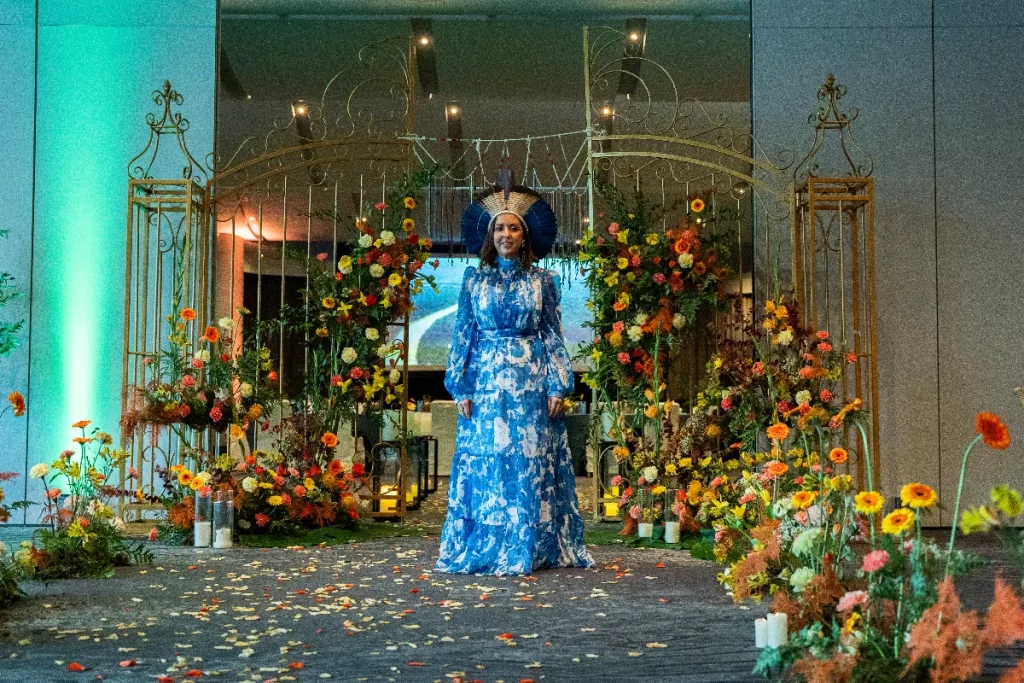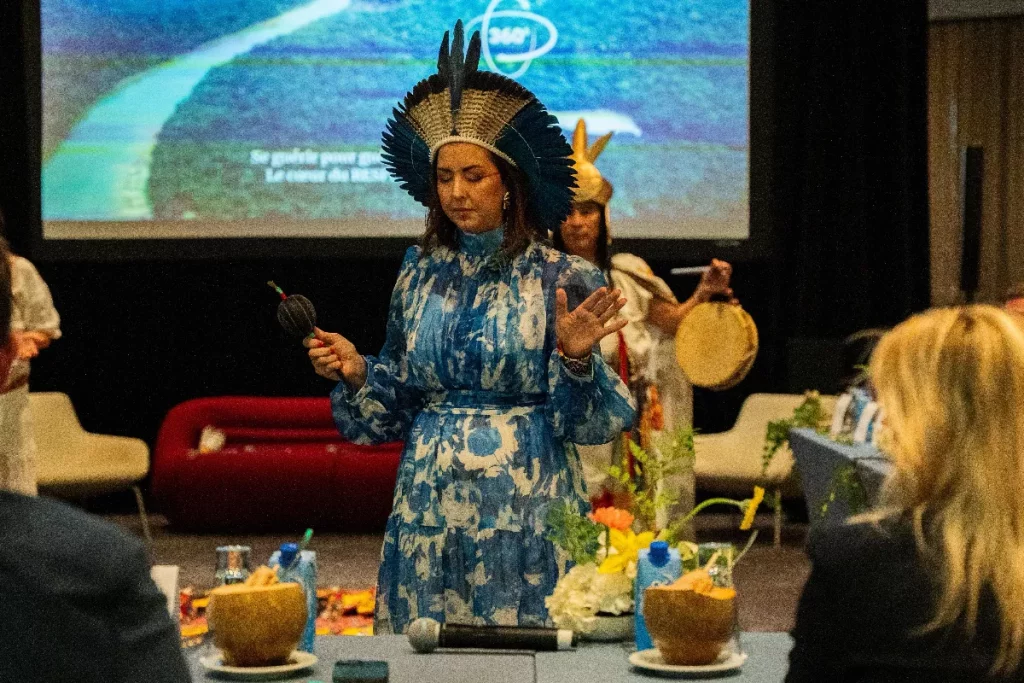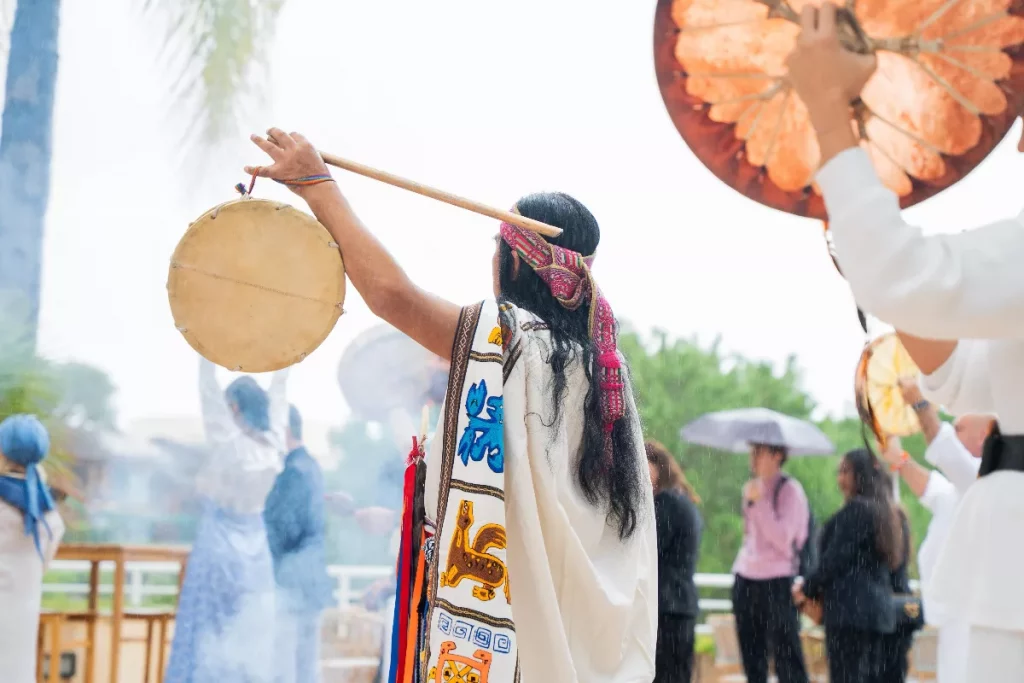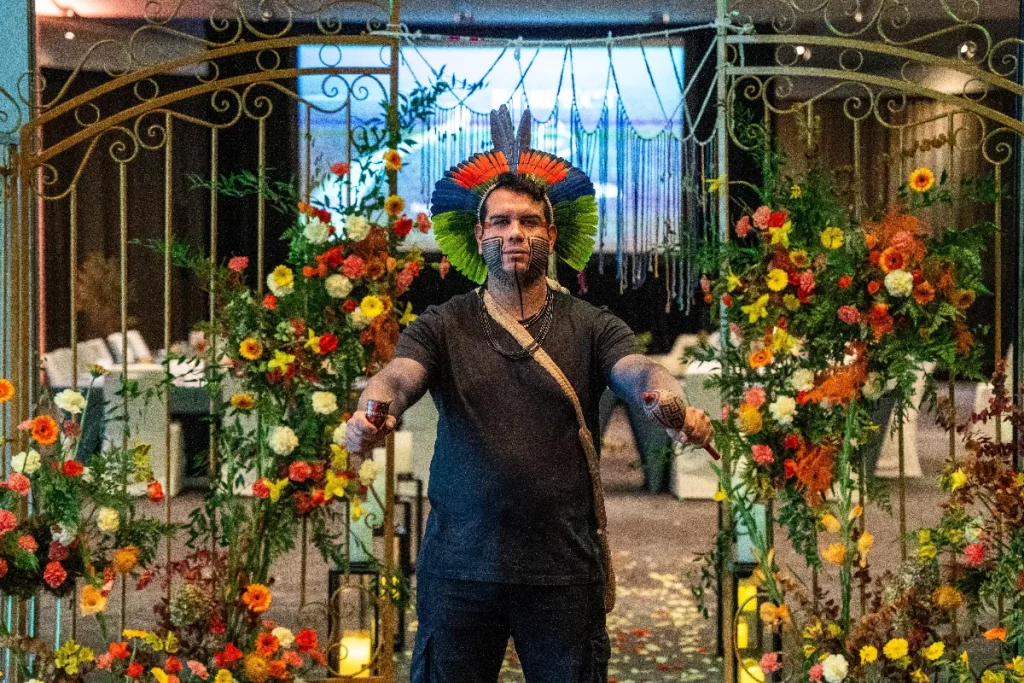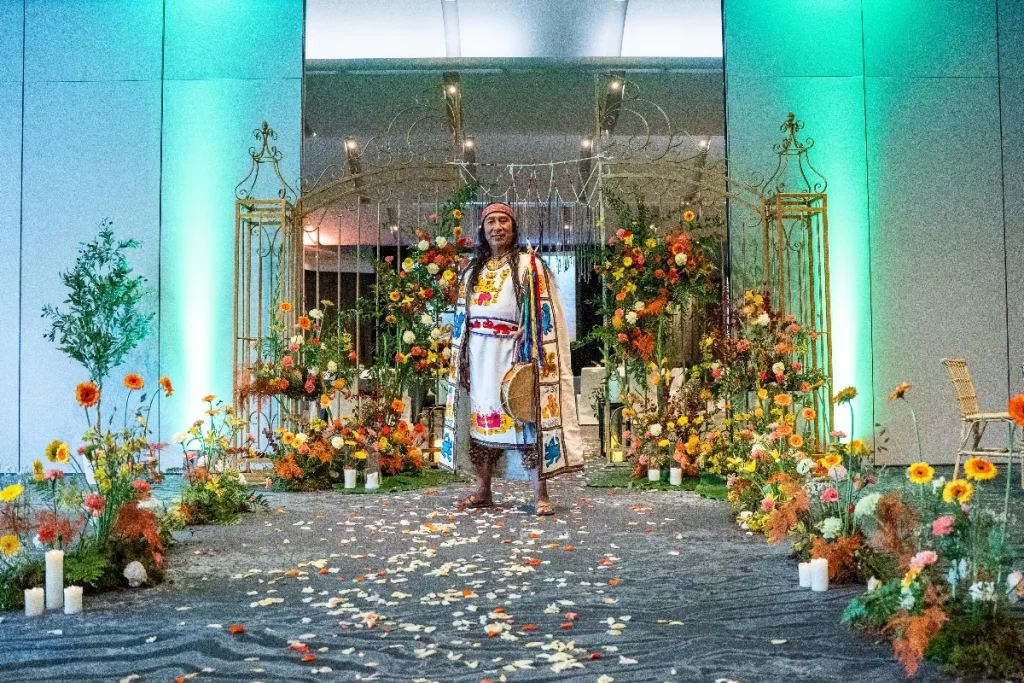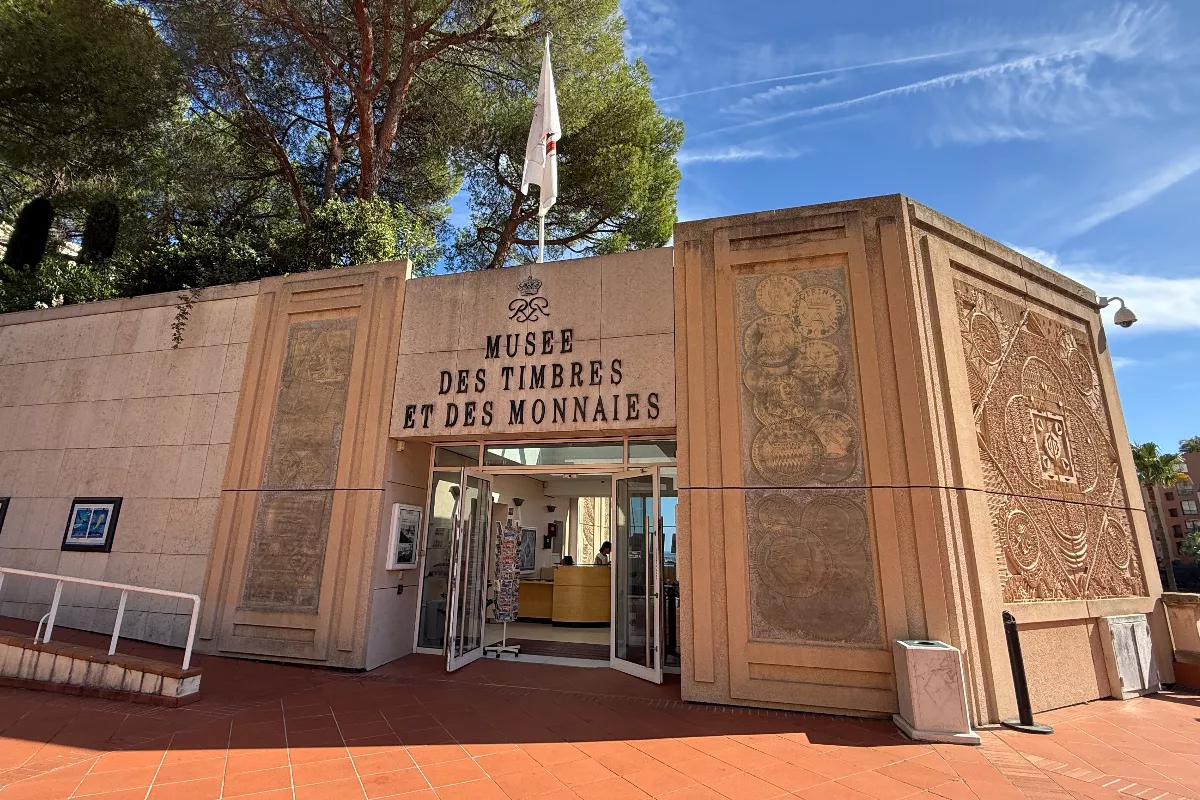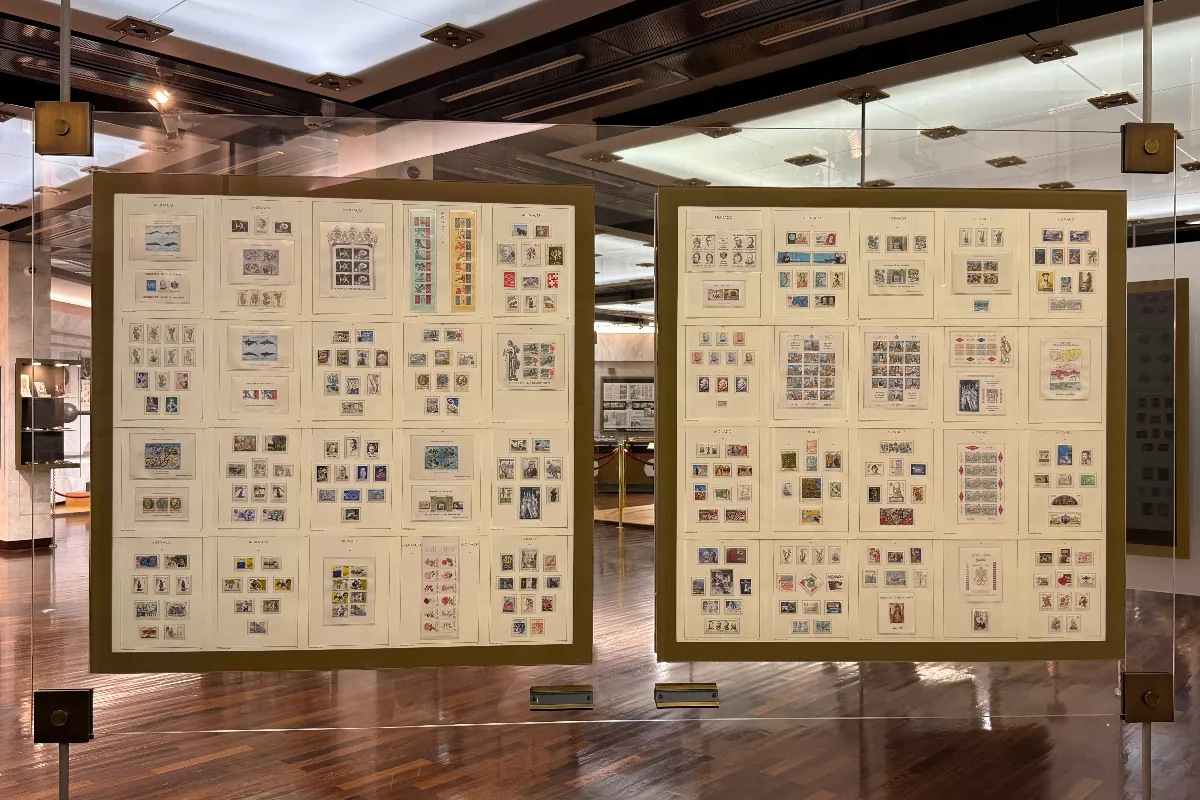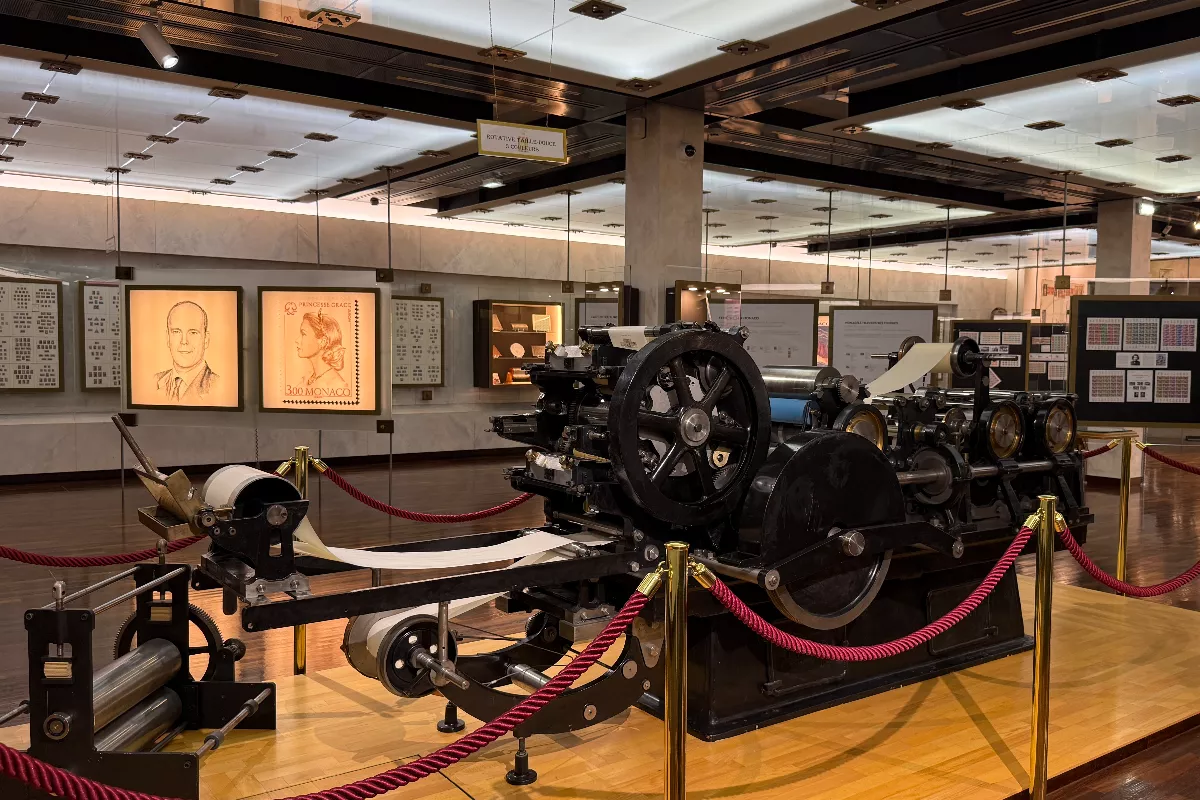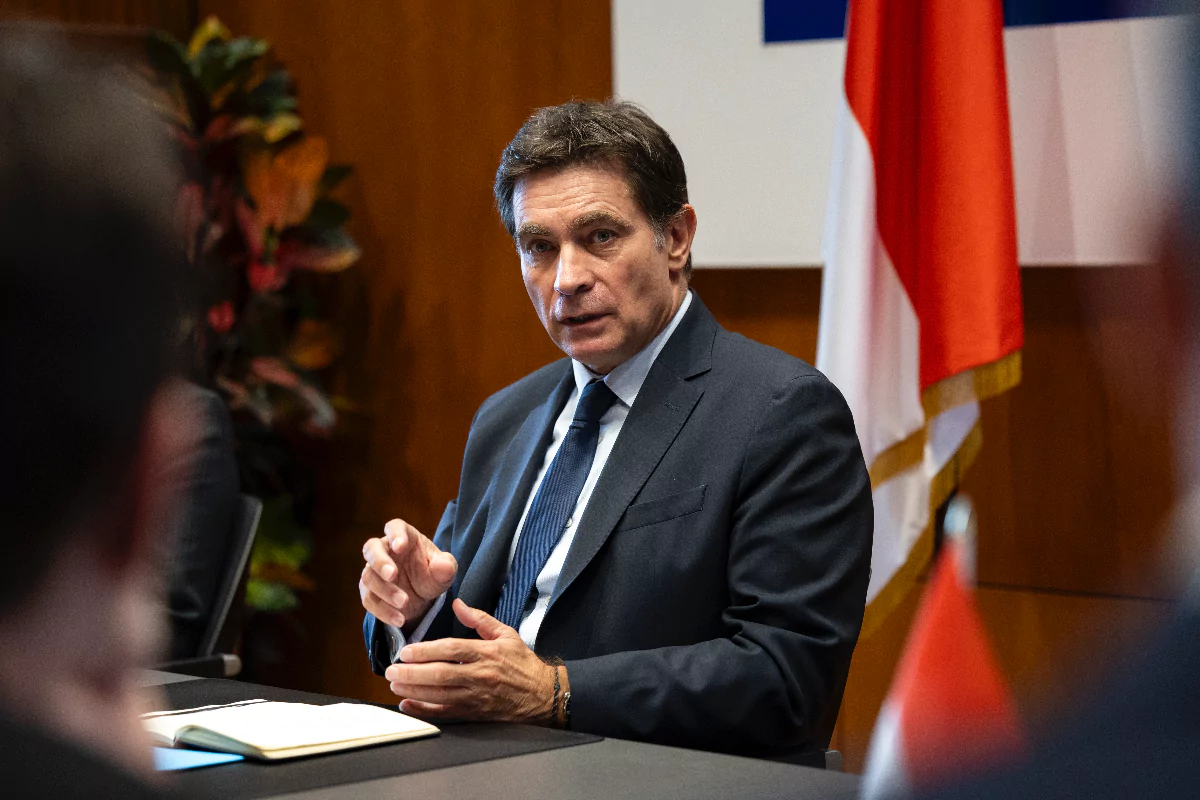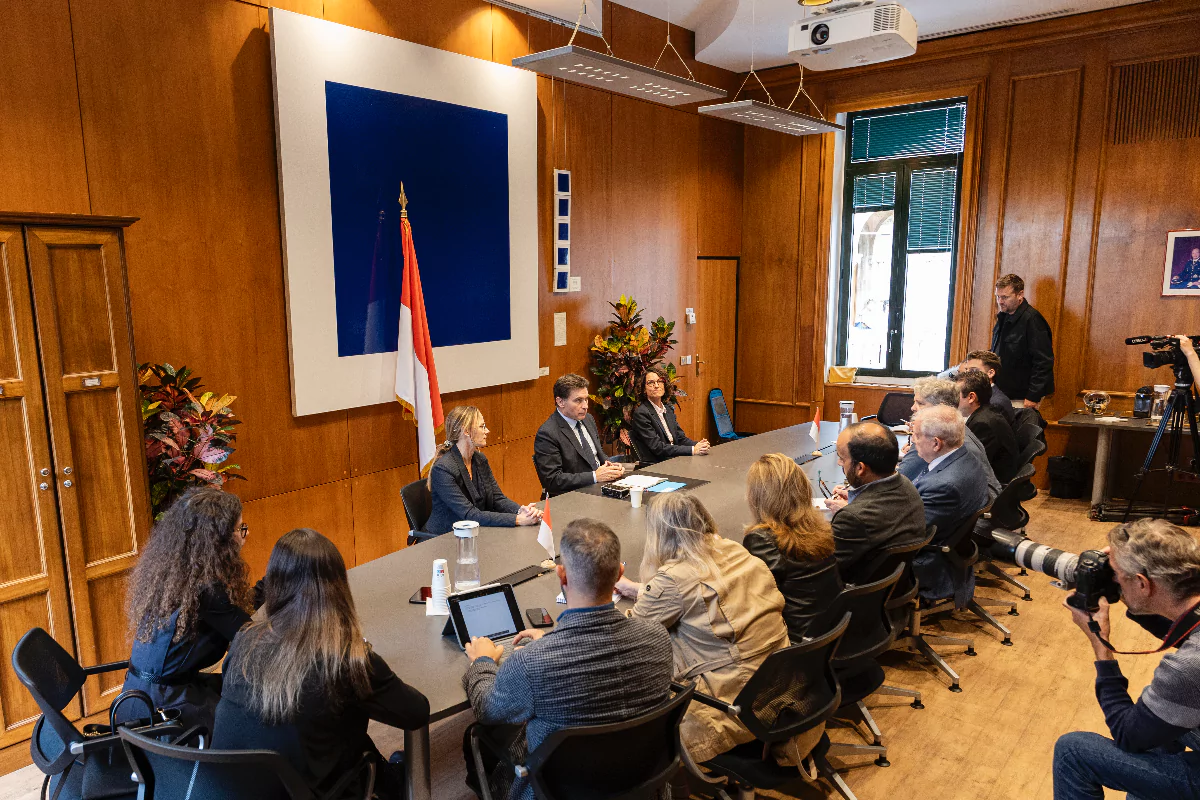The Prince’s Palace lit up in red on Monday night in a gesture of solidarity with those affected by HIV and AIDS. The illumination served both as a tribute to lives lost and a reminder that the battle against stigma and infection continues.
Inside the Oceanographic Museum, a more intimate ceremony unfolded as Fight Aids Monaco displayed eight memorial quilts honouring 93 people who have died from AIDS-relayed illnesses. Princess Stéphanie, who heads the association, attended alongside her daughter Camille Gottlieb and local officials for the emotional tribute.
However, this year, Monaco combined symbolic gestures with practical action in the fight against HIV.
New testing centre opens
The day also marked a step forward in prevention efforts, with Fight Aids Monaco launching a weekly rapid testing service at its headquarters. Every Tuesday morning, the centre now offers free, confidential screening for HIV, hepatitis B and C, and other sexually transmitted infections.
Results are delivered within 30 minutes through a rapid diagnostic test, with complete anonymity guaranteed. The service aims to reach people who might be hesitant to visit traditional testing centres.
“We wanted to create a space for people who are still afraid of others’ judgement, of walking into a screening centre,” Princess Stéphanie explained to Monaco Info. “In the Fight Aids premises, it’s perhaps a more reassuring place with our teams who are trained in dialogue before, during and after testing. Because it’s important, whether the result is positive or negative, to have information.”
She also stressed that the new facility complements rather than replaces existing services at the Princess Grace Hospital Centre, offering an additional option for those seeking discretion.
Prevention remains key
The Princess highlighted that while the tools to combat HIV exist, testing and awareness remain crucial. Recent UNAIDS figures show around 1.3 million new HIV infections were recorded globally in 2023, with a concerning rise among younger people.
“We’ve already worked with numerous rapid tests to reach out to communities for screening,” Princess Stéphanie said. “It’s really important, and for us it’s also recognition of what we do, that this happens at the Fight Aids premises.”
Since its founding in 2004, Fight Aids Monaco has combined education, prevention, medical support and social care. The new testing centre is the latest evolution in that mission, removing barriers of cost, fear and delay that can prevent people from knowing their situation.
For those wishing to use the service, the testing centre operates every Tuesday morning at Fight Aids Monaco headquarters at ‘La Villa Pasteur, 15 Bd Charles III’, offering free and confidential screening.
Stay updated with Monaco Life: sign up for our free newsletter, catch our podcast on Spotify, and follow us across Facebook, Instagram, LinkedIn, and Tik Tok.
Main photo credit: Frédéric Nébinger


